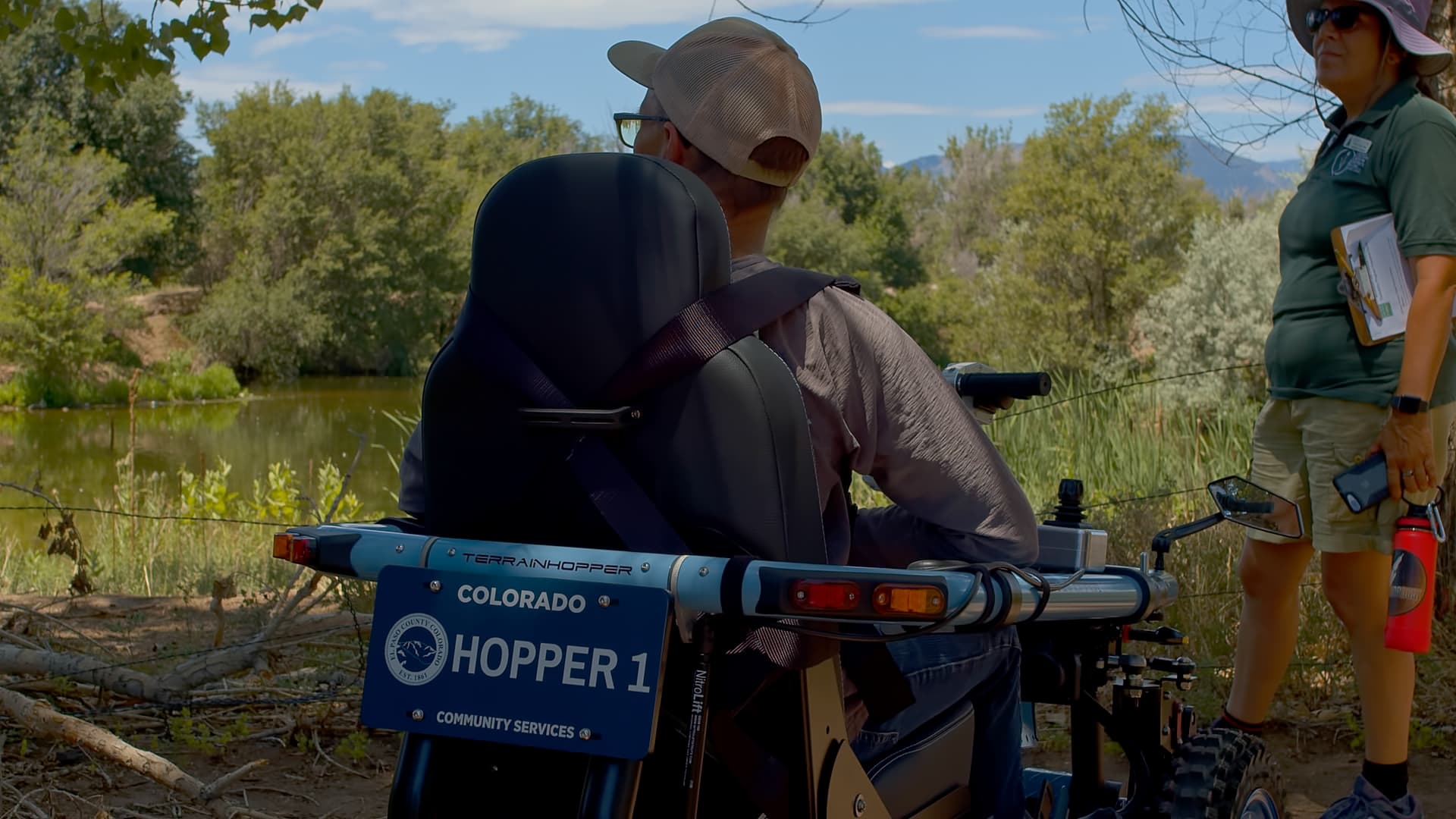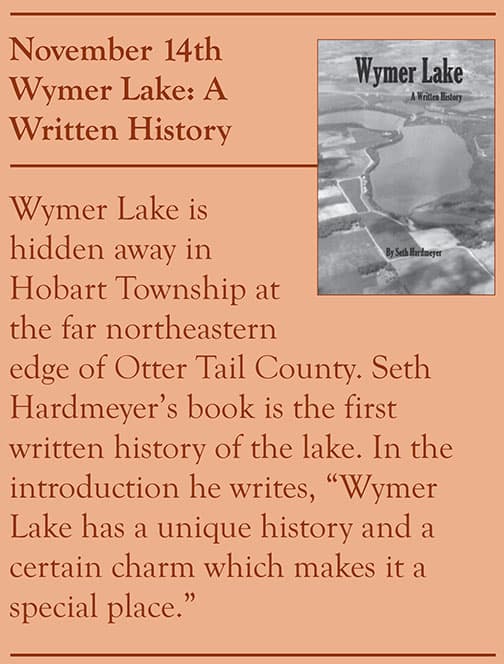County expands trails and parks, bolstering tourism and safety
Otter Tail County and partnering state and local agencies continue to develop and promote a broad network of trails and parks, including the Perham to Pelican Rapids Heart of the Lakes regional trail McDonald segment funded in part by state LCCMR grants. These investments shape local recreation options, influence seasonal tourism revenue, and require ongoing coordination among county officials, state agencies and community stakeholders to manage access, maintenance and safety.

Otter Tail County this year reaffirmed its role as a steward of outdoor recreation by advancing a series of trail and park initiatives that connect towns, forests and state parks. Foremost among those efforts is the Perham to Pelican Rapids Heart of the Lakes regional trail McDonald segment, a paved, off road corridor developed with partial funding from state LCCMR grants. The segment links Perham, Pelican Rapids and Maplewood State Park, and is designed for year round multi modal use for biking and walking, with groomed surface access for snowmobiles in winter where allowed.
County officials and regional partners are also promoting access to a network of nearby public lands that support camping, hiking, boating and snow based recreation. Maplewood State Park, Buffalo Park State Forest, Smokey Hills State Forest and Tamarac National Wildlife Refuge are all minutes from population centers including Perham, Pelican Rapids and Fergus Falls. These assets are central to fall leaf viewing, cross country skiing and snowmobiling seasons that attract visitors and sustain local businesses.
The financing and management of these corridors carries policy implications for how the county balances recreation, conservation and public safety. State LCCMR grants provided seed funding for trail construction, reflecting state level priorities for outdoor infrastructure and habitat protection. County trail pages and regional tourism summaries note that ongoing maintenance, seasonal grooming and enforcement of motorized vehicle restrictions require sustained operating budgets and interagency coordination between county public works, the state Department of Natural Resources and volunteer groups.
For residents and visitors the immediate impact is practical and economic. Improved trail connectivity shortens travel times between towns and parks, expands recreational choices for families and seniors, and supports lodging, dining and retail businesses that rely on seasonal traffic. At the same time, new and expanded corridors increase demand for consistent grooming, signage and emergency response planning during winter months when weather conditions can change rapidly.
Civic engagement will shape how these resources evolve. Decisions about funding priorities and project timing are subject to county board agendas, state grant cycles and public comment. Local voters can influence those priorities through participation in county meetings and by tracking grant allocations from bodies such as the LCCMR. County and DNR web pages contain current trail maps, grooming status, seasonal hours, motorized vehicle restrictions and notices of planned construction or closures. Visitors are advised to check those pages before traveling, dress in layers for fast changing fall and winter weather, and exercise snow and ice safety on lakes and trails.
As Otter Tail County promotes its outdoor network, residents face choices about maintenance funding, access rules and emergency preparedness that will determine how well these amenities serve local quality of life and the regional economy.


